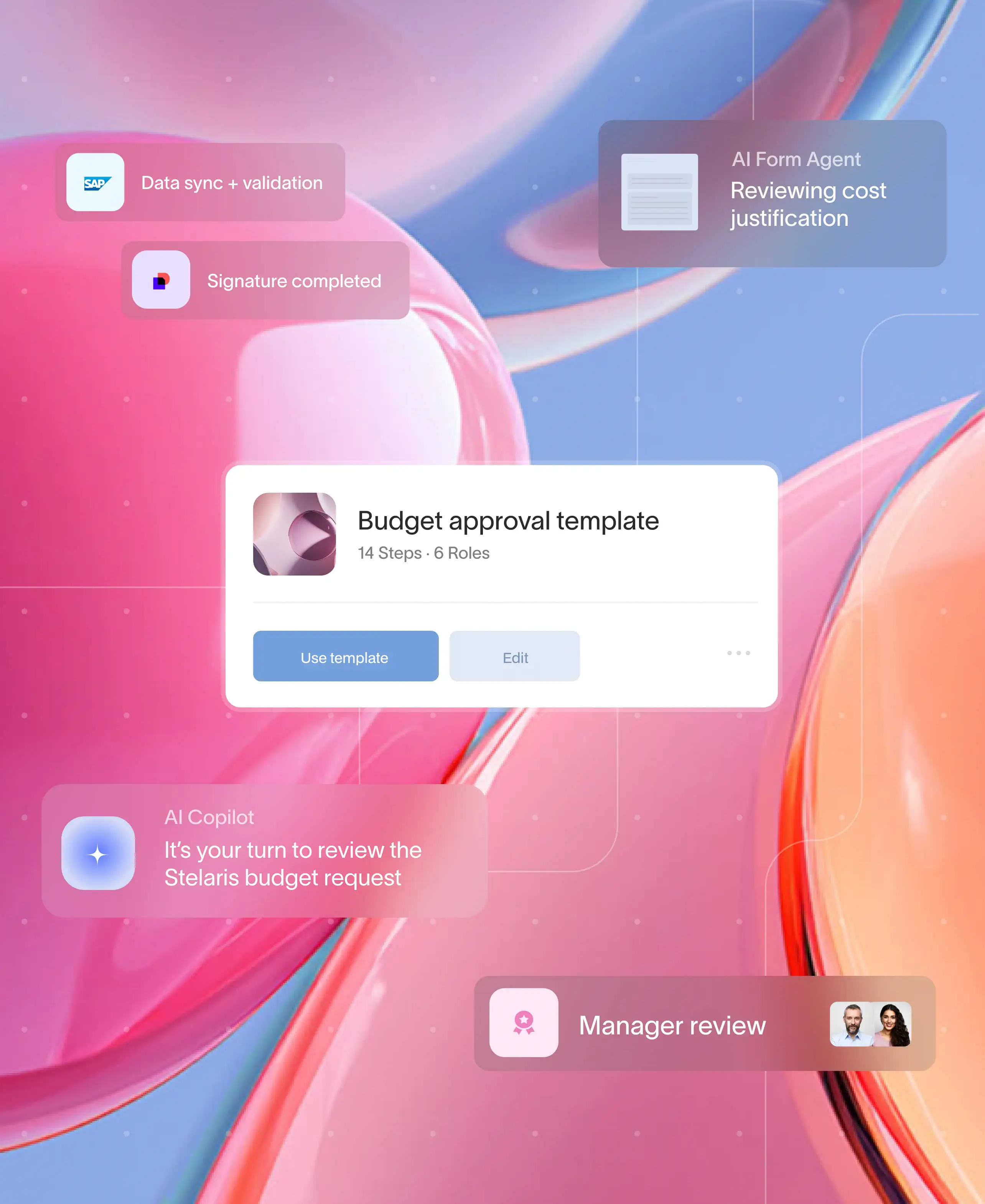
In the competitive landscape of SaaS and B2B enterprises, retaining customers is just as crucial as acquiring new ones. High churn rates can significantly impact your revenue and growth potential. One innovative strategy to enhance customer retention is the implementation of client portals. These dedicated online platforms not only streamline service delivery but also foster a deeper connection between businesses and their clients. This post explores how harnessing client portals effectively can reduce churn and drive sustainable business growth.
How to identify customer churn
Before we explore the solution, it's important to understand the problem. Identifying customer churn involves several key steps:
Establish customer churn metrics
Knowing your churn rate provides a clear picture of how well you retain customers. Calculate it monthly, quarterly, and annually for a comprehensive view.
Gather customer feedback
Direct feedback from customers can reveal why they are leaving. Surveys, interviews, and feedback forms are invaluable tools for this purpose.
Check-in with your customer success team
Your customer success team is on the frontline. Their insights into common complaints or issues can highlight areas for improvement.
Prioritize proactive customer service
Proactively reaching out to customers can help identify issues before they escalate, showing your commitment to their success.
Monitor community forums and third-party review sites
Online forums and review sites provide unfiltered feedback on your service's strengths and weaknesses.
How to leverage client portals to reduce churn
With a clear understanding of churn, you're in a better position to implement strategies to reduce it. Here's how client portals can play a pivotal role:
Simplify access to services
Client portals provide a one-stop hub for all your services, making it easier for customers to find what they need when they need it. This convenience can significantly enhance customer satisfaction and loyalty.
Promote self-service
Many customers prefer solving issues on their own. A well-organized client portal equipped with FAQs, knowledge bases, and troubleshooting guides empowers them to do just that, reducing frustration and support tickets.
Offer personalized content
Customizing the client portal experience to meet individual user needs can greatly improve engagement. Personalized content, such as relevant resources, tailored advice, and user-specific data analytics, makes the portal more valuable to your customers.
Gather customer intelligence
Client portals are a goldmine for customer data. Track how users interact with your portal to gain insights into their behavior, preferences, and pain points. Use this data to refine your services and user experience.
Improve retention efforts
Armed with customer intelligence, you can design targeted retention strategies. Whether it’s through personalized offers, direct support from a success manager, or regular check-ins, you can address your customers' unique needs and concerns.
Foster community
Incorporating community features like forums or user groups into your client portal can create a sense of belonging among users. Sharing experiences and solutions can not only reduce support requests but also build loyalty.
Streamline repeatable processes
Automating routine tasks within the portal, such as billing or renewals, can save time for both you and your customers. A smoother process enhances overall satisfaction and reduces the likelihood of churn due to procedural frustrations.
Conclusion
In the digital age, where competition for customers is fierce, offering a standout customer experience is key to retention. Client portals are powerful tools in this regard, providing a centralized, personalized, and interactive platform that meets users' needs and exceeds their expectations. By leveraging these portals to their full potential, SaaS and B2B businesses can significantly reduce churn, fostering stronger, more lasting relationships with their customers. Remember, in a world where customer loyalty can't be taken for granted, every interaction counts. Implementing a client portal is not just an investment in technology—it's an investment in your customers' success and, by extension, your own.





